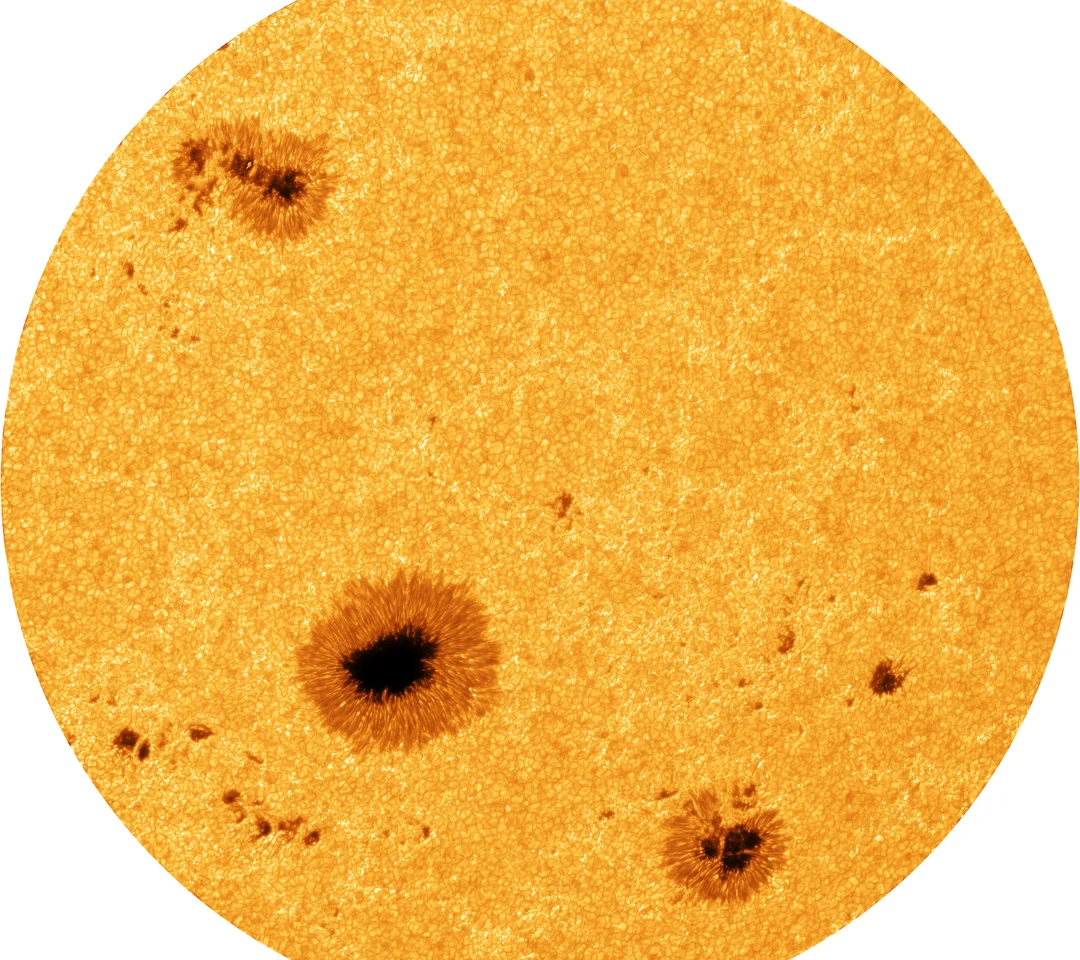
Revolutionary 8K Solar Images Unveiled: VTT Telescope Gets a High-Tech Upgrade
Scientists have captured unprecedentedly detailed images of the sun, thanks to a major upgrade to the Vacuum Tower Telescope (VTT) in Tenerife. The advanced camera system, developed by the Leibniz Institute for Astrophysics Potsdam (AIP), delivers stunning 8K resolution, revealing dynamic solar activity with incredible clarity. This breakthrough bridges the gap between wide-field solar observations and high-resolution studies, offering new insights into the sun's complex behavior.
The VTT, in operation since 1988, has received a new lease on life thanks to this innovative technology. While large solar telescopes typically focus on small areas, missing the big picture, and satellites capture the entire solar disk without fine detail, the VTT strikes a balance. Its field of view covers approximately one-seventh of the sun's diameter (around 200,000 km), allowing researchers to observe large-scale structures like sunspot groups and plasma motions.

The key to this achievement lies in the new camera system. It captures 100 short-time-exposure images at an impressive 25 frames per second, each boasting 8,000 x 6,000 pixels. These images are then combined to create a single, highly detailed 8K image. This process effectively eliminates distortions caused by Earth's turbulent atmosphere, allowing the telescope to achieve a spatial resolution of down to 100 km on the sun's surface.
“We are teaching an old telescope new tricks,” jokes Carsten Denker from AIP, highlighting the transformative impact of this upgrade.
The improved images have already yielded significant findings. Researchers have observed how sunspots are embedded in supergranulation, a large-scale convective pattern. They've also analyzed the complex magnetic field structures responsible for solar flares. The high-resolution captures have enabled the tracking of plasma motions in the solar atmosphere, offering valuable data for understanding solar activity.

This technology also paves the way for improved space weather forecasting. By understanding the mechanisms behind solar flares, scientists can better predict and mitigate their impact on Earth's technology. Moreover, the success of this project suggests that affordable 8K CMOS camera systems could become standard for the next generation of solar telescopes, significantly expanding their field of view compared to current 4K systems.
“The Sun is a laboratory for studying plasma and magnetism. We now have the instrument to view it in all its glory,” concludes Rolf Schlichenmaier of the Institute of Solar Physics.
The groundbreaking images and data provided by the upgraded VTT promise a deeper understanding of our sun and its influence on our solar system. What advancements do you think will come next in solar observation? Share your thoughts and predictions in the comments below.